This weekend more than 20,000 cyclists will take on the second edition of the 100-mile RideLondon sportive.
The sportive, which will be followed by the RideLondon-Surrey Classic professional race, will start in London’s Olympic Park before following a route which includes the climbs of Newlands Corner, Leith Hill and Box Hill in Surrey, before returning for a grandstand on The Mall.
For many of Sunday’s entrants, inspired by the overwhelming success of the inaugural event in 2013, it will be the first time they have ridden 100 miles – a significant landmark in the life of any cyclist.
Staying fueled – and avoiding ‘the bonk’ – is the key to the success of any long ride, so we caught up with Emma Barraclough, a sports nutritionist at Science in Sport, to find out her advice on how to survive a 100-mile ride.
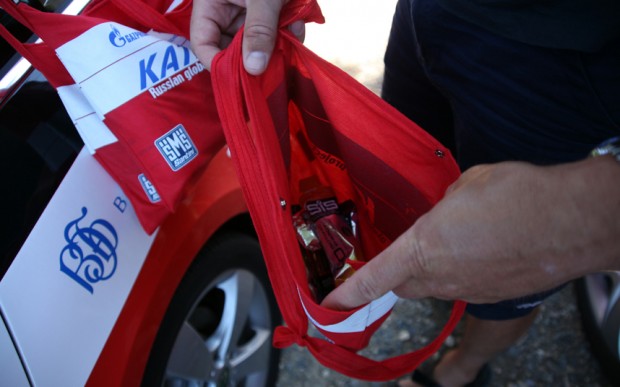
Carbo-load
Focusing on your diet as you taper for your event will help you to maximise your energy stores. By carbohydrate loading before the event you should be able to store enough glycogen to last for around 90 minutes of moderate to high intensity exercise. For the 48 hours before your event you should base all of your meals around carbohydrates and have carbohydrate snacks throughout the day.
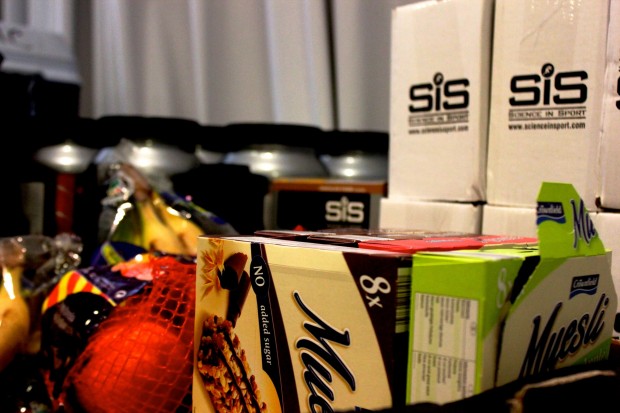
Breakfast
On the morning of the event, give yourself enough time to have a good carbohydrate breakfast two hours before the start. If you have an early start with some travel time to your event you may have to take portable solutions to have in your car, such as cereal bars, bananas, or sports energy drinks or bars.
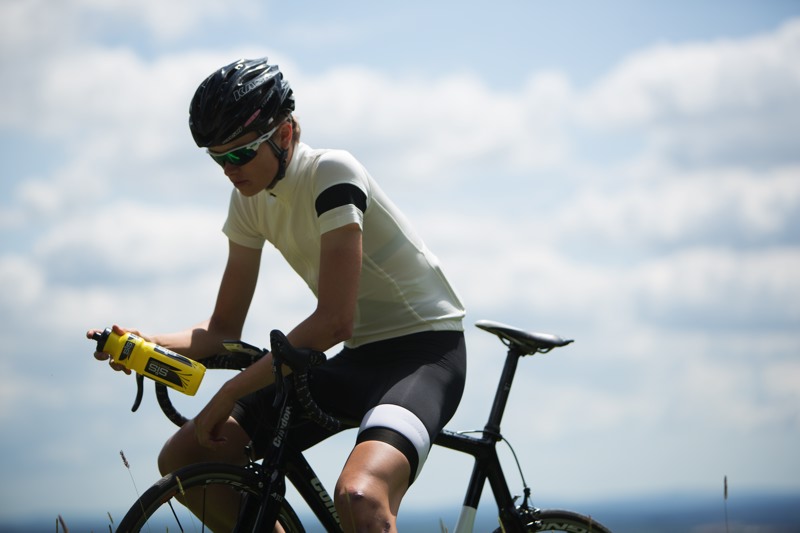
Avoiding the bonk
During the ride you have a need for fuel and fluid. You can absorb around 60g of carbohydrate per hour to prevent complete depletion of your glycogen stores, i.e. ‘hitting the wall or bonking’. Energy drinks, gels, bars or other easy to digest carbohydrate snacks can all be used to top up your energy stores. You should aim for between 500-1,000ml of fluid per hour, depending on the heat and humidity.
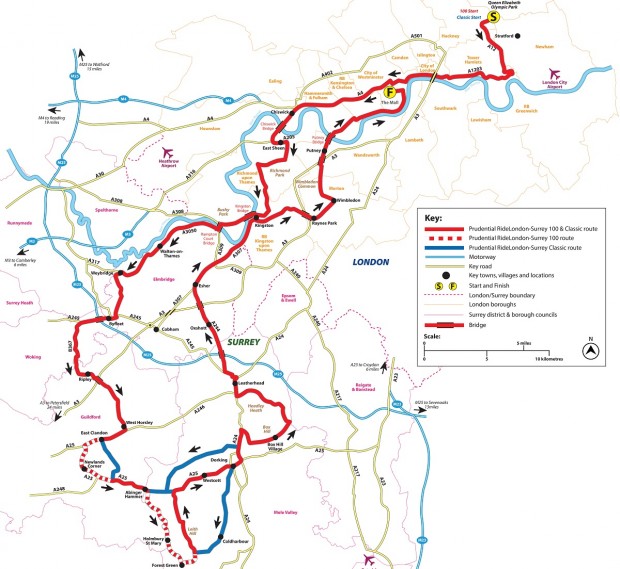
Be prepared
Try and plan your eating around the profile of your ride. You don’t want to eat right at the bottom of a climb as you will need your blood supply for oxygen carrying and too much food in your stomach will divert blood flow away from the working muscles and can give you stomach cramps.
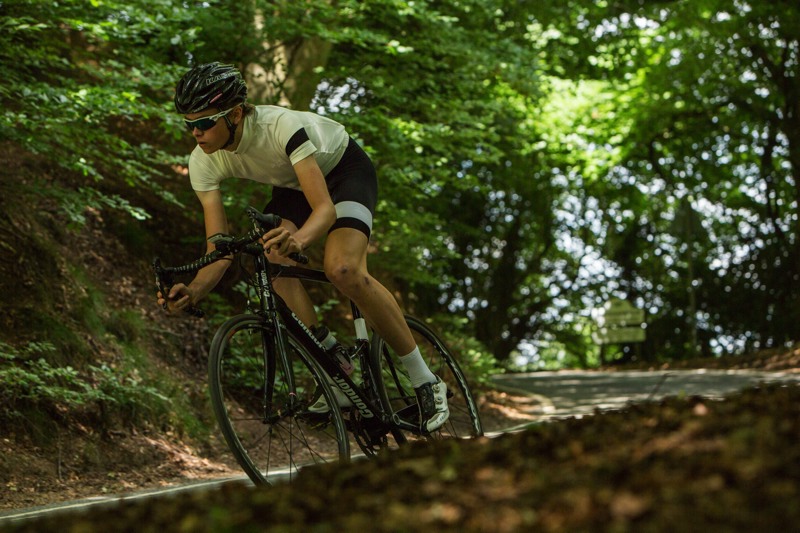
Hands-off
Feed stops are often filled with tempting things to eat, but be aware that these are not always ideal ride food. Too much cake, biscuits, pastries, crisps or fatty-filed sandwiches will sit heavy in your stomach, take some time to digest and can make your following 10-15 miles after the stop quite uncomfortable.
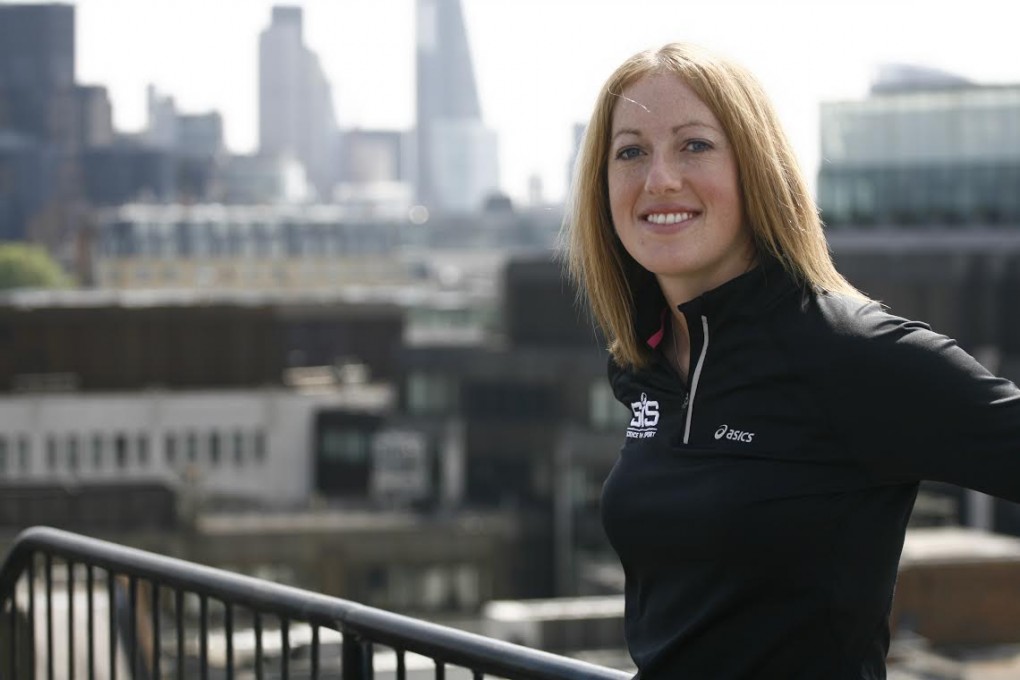
Recovery
After the ride have a snack or recovery drink within 30 minutes of finishing combining protein and carbohydrates. Then try and have a well-balanced meal within a couple of hours.
Emma Barraclough is a sports nutritionist at SiS. She has worked with Great Britain Ice Hockey since 2006 and provided nutritional consultancy support to athletes in a range of sports including running, triathlon and rugby.
She regularly represents Great Britain as an age group triathlete and has completed six Ironmans. For more information about SiS, please visit: www.scienceinsport.com




